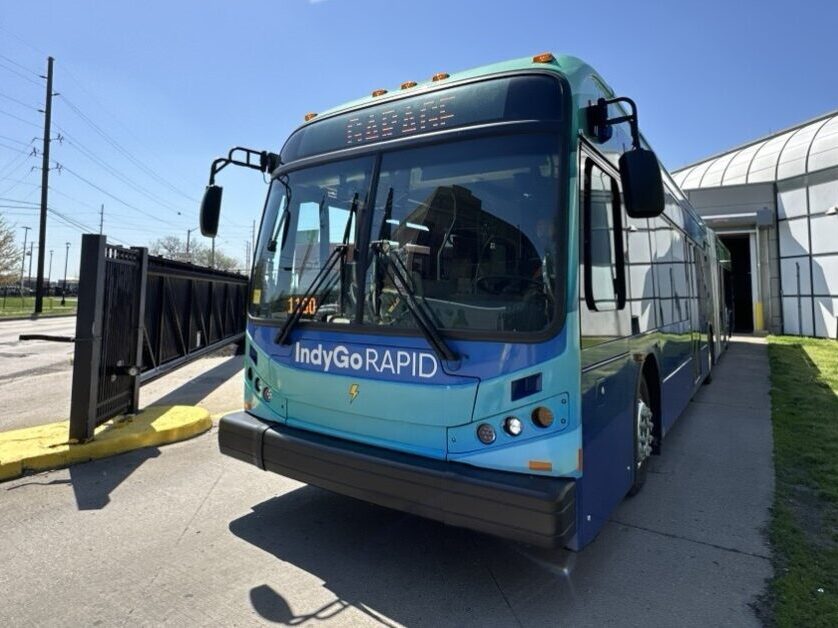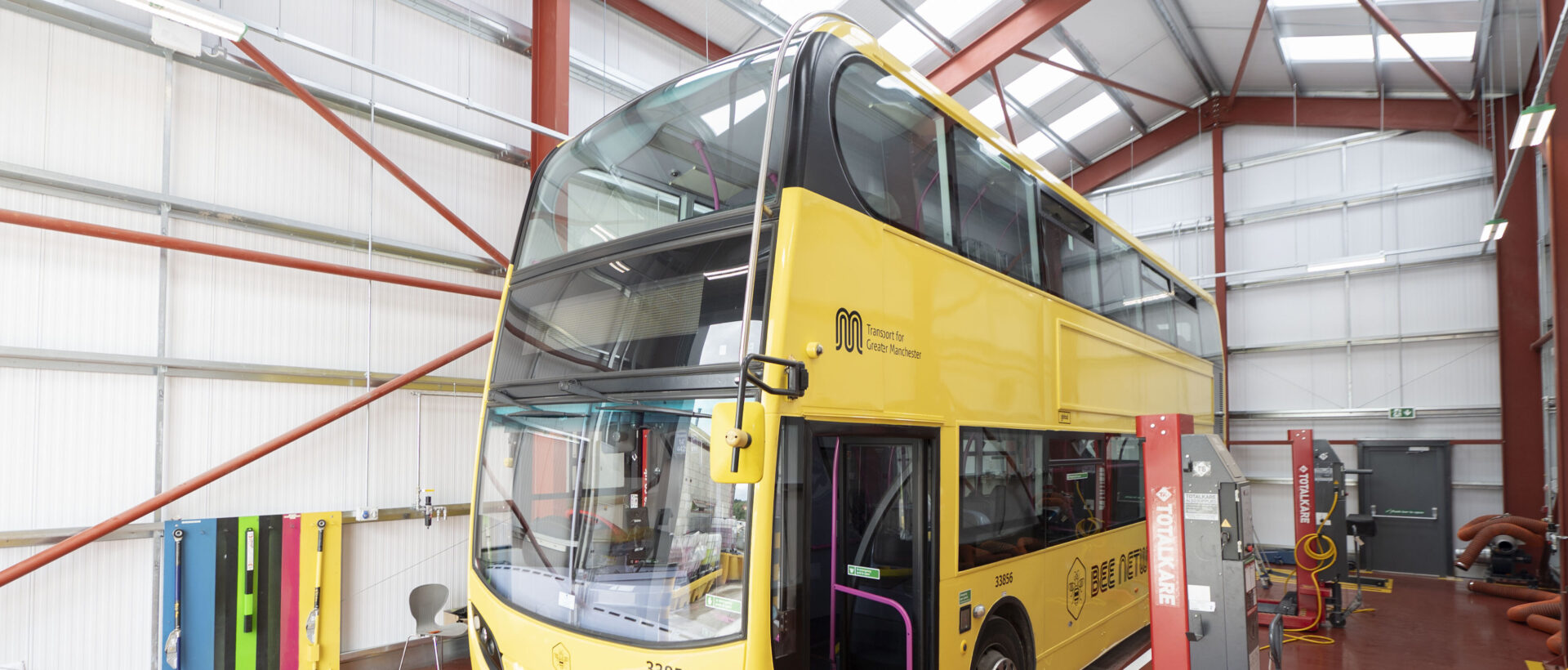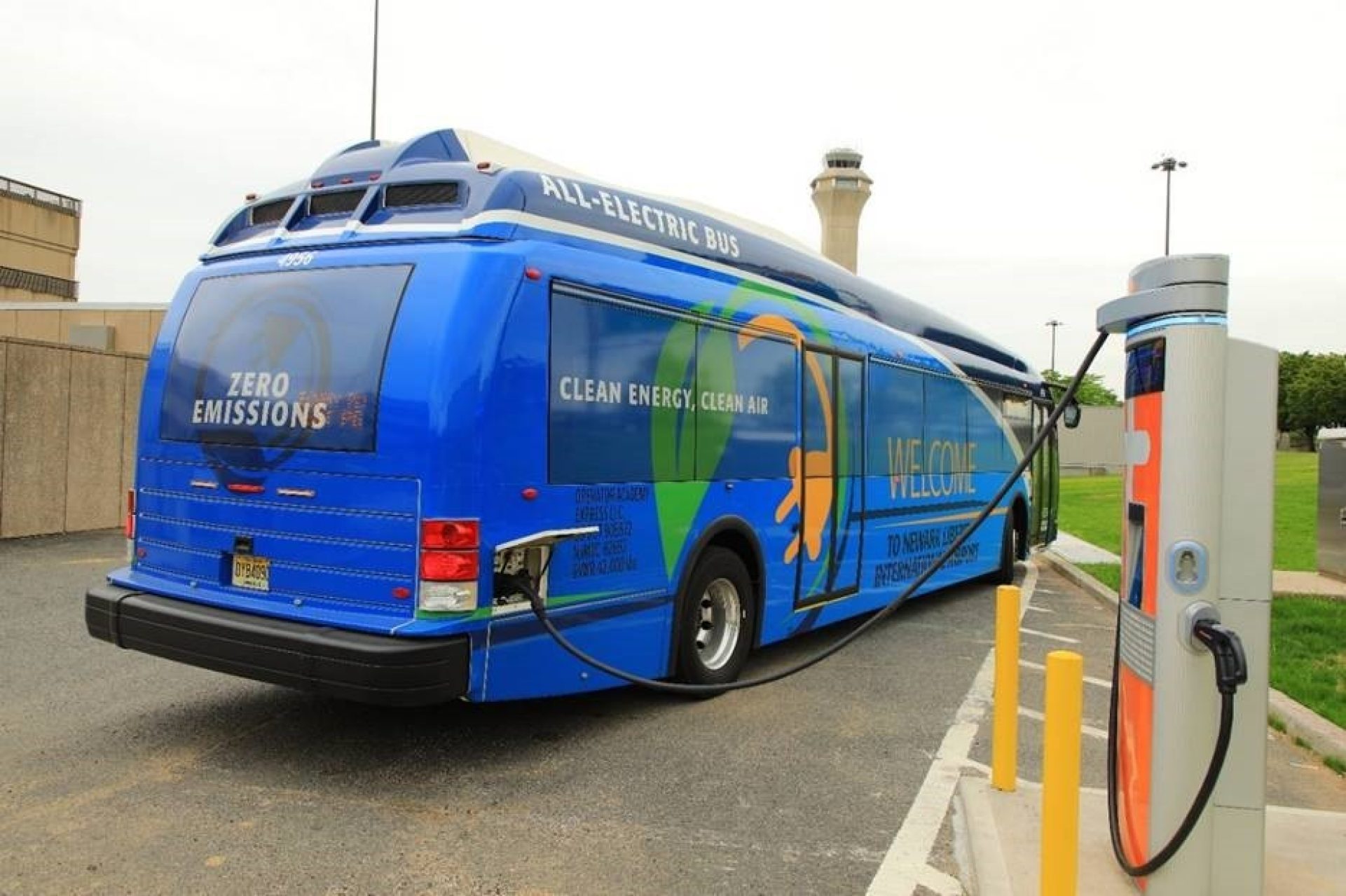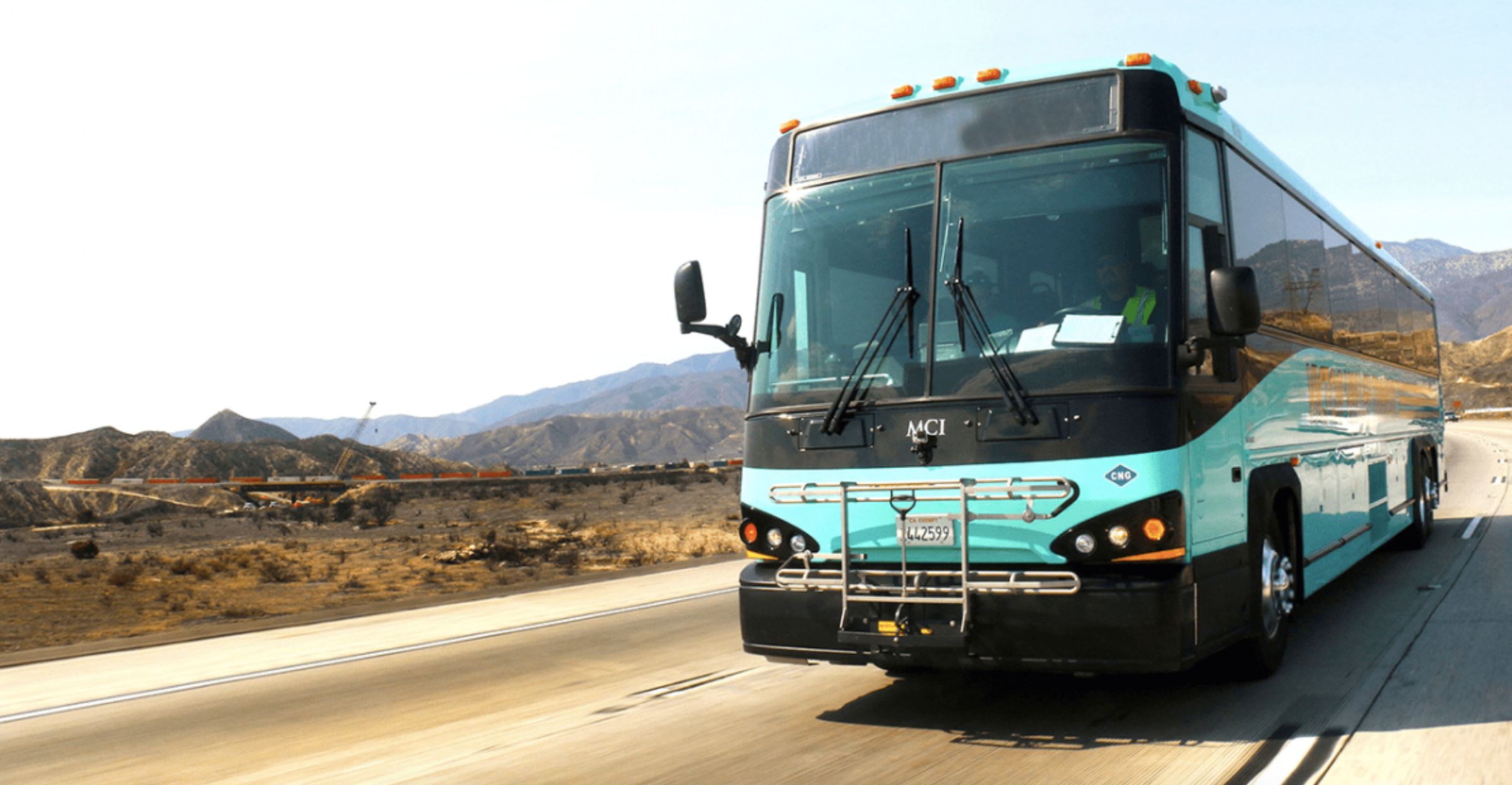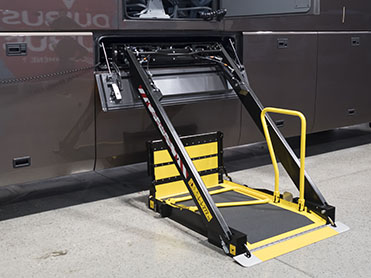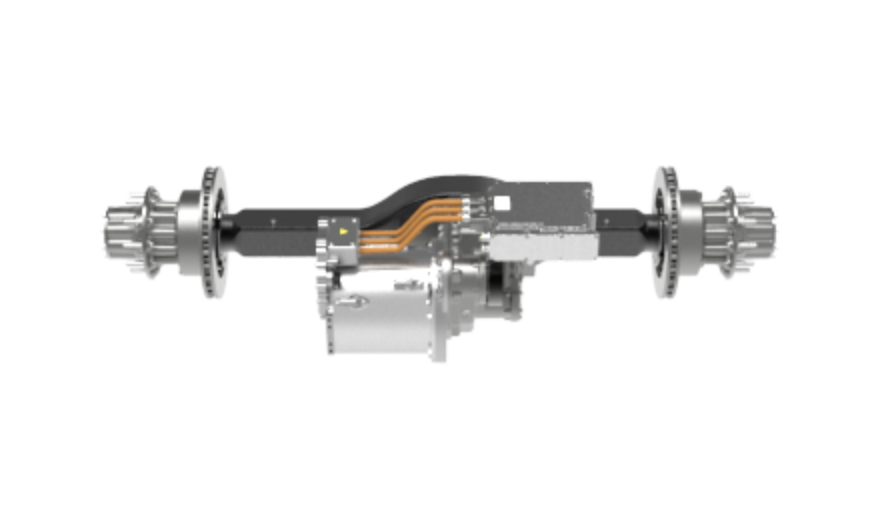Metro Opens New Cesar Chavez Transit Pavilion; A State-of-the-Art Bus Stop Improvement Project near Union Station
The Los Angeles County Metropolitan Transportation Authority (Metro) has completed the agency’s Chavez Bus Stop Improvements Project that creates a new state-of-the-art transit pavilion as part of the near-term recommendations of Metro’s Union Station Master Plan.
The Cesar Chavez Transit Pavilion opened to the public on Oct. 19 and is located on the southeast corner of Cesar E. Chavez Avenue and Vignes Street adjacent to the east portal entrance to Union Station. The corner is the second most active bus stop in the Union Station campus.
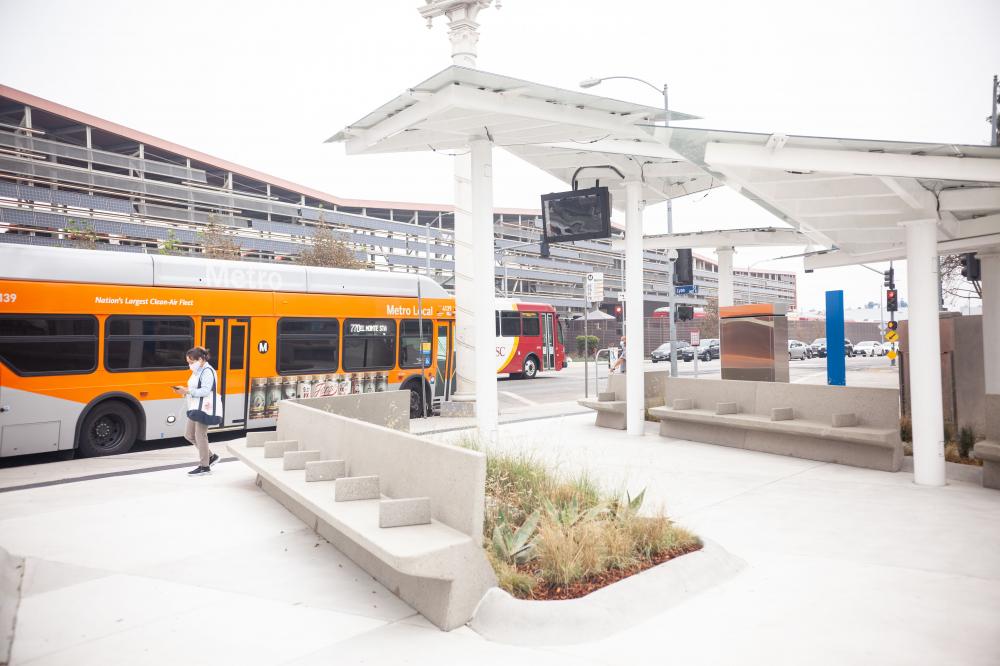
The project improves the customer experience and the safety of bus riders with a new transit pavilion with bus shelters, a bikeshare station and innovative sustainability features that showcase environmental stewardship.
Los Angeles Mayor and Metro Board Chair, Eric Garcetti, said:Metro’s bus riders deserve a state-of-the-art system, designed to ease traffic, cut emissions, and get Angelenos where they need to go. The Cesar Chavez Transit Pavilion builds on our historic investments in public transit with new features that will turn one of our most popular transit hubs into a model of convenience and sustainability.
The new Cesar Chavez Transit Pavilion is a popular stop for riders on several Metro bus lines which combined, total 6,000 daily boarding passengers. Metro lines servicing the new transit pavilion include Lines 68, 70, 71, 78, 79, 378 and 770.
Metro CEO, Phillip A. Washington, said:Metro is heavily focused on improving all aspects of our bus system — from speeding up buses to improving conditions at our stops. The Cesar Chavez Transit Pavilion will greatly improve the customer experience on some of Metro’s busiest bus lines.
The $3.995-million project was funded in part by an FTA Ladders of Opportunity Grant. Metro funding included sustainability elements such as solar panels built into shade structures along with the integration of native, drought-tolerant landscaping and storm water capture system. Construction on the project started in December 2019.
This article was originally published by The Los Angeles County Metropolitan Transportation Authority.


